A LSO BY W ILLIAM G. B OWEN
Equity and Excellence in American Higher Education (with Martin A. Kurzweil, Eugene M. Tobin)
The Shape of the River: Long-Term Consequences of Considering Race in College and University Admissions (with Derek Bok)
The Game of Life: College Sports and Educational Values (with James L. Shulman)
Performing Arts: The Economic Dilemma (with William J. Baumol)
The Board Book
AN INSIDERS GUIDE FOR DIRECTORS AND TRUSTEES
William G. Bowen
W. W. Norton & Company  New York | London
New York | London
To the colleagues
with whom I have served on boards
and from whom
I have learned so much
Contents
The Board Book
Foreword to the
Paperback Edition
William G. Bowen
June 22, 2011
A S I CONTINUE to hear from readers, I am gratified that the basic propositions in The Board Book seem as valid today as they did when the book first appeared some four years ago. But there have been major changes in the context within which both for-profit and nonprofit boards operate. As a result, some new emphases are in order.
Without question, the fiscal stresses and strains resulting from the subprime meltdown and the ensuing recession have affected life in almost every boardroom, albeit in different ways depending on whether one serves on the board of a financial services company in the for-profit sector or a hard-pressed university or foundation in the nonprofit sector. However, before discussing these differences, I want to note one important commonality. As the stakes have risen, boards of all kinds must recognize the need to constantly reinvent themselves and recruit highly talented new members. Building strong boards has never been more important. In watching this process at close range, I am now even more persuaded than I was earlier of the importance of confronting weaknesses directly, pruning boards when necessary, and adding individuals of extraordinary ability. A simple lesson worth reiterating is that excellence attracts excellence. Directors and trustees need to enjoy coming to meetings, and enjoyment is often the product of stimulation and active exchanges with bright colleagues. When I recently dropped a note to a new board member of a nonprofit on which I serve, congratulating him on his contributions at the last board meeting and telling him how fortunate we are to have him, he responded, I am enjoying my experience and especially the fine company of brilliance around the table.
In the For-Profit World
A common theme in books and articles about the widespread financial perturbations resulting from the bursting of the housing bubble is that not nearly enough attention was paid to risk. The boards of a number of entities seem not to have understood the implications of complicated new financial instruments and to have allowed far too much leverage. Both the rating agencies and regulators failed to exercise proper oversight. In retrospect, it is clear that more time and attention should have been given to analyzing risk profiles. One implication is that board committee structures and board agendasespecially but not only in the financial services sectorneed to provide for regular and rigorous review of risk factors. Management must of course work closely with boards in this process and be entirely open in highlighting (not just presenting) all the relevant facts. But boards also have to avoid becoming too accepting of whatever management tells them. Some real independence is required, and strong leadership of the boardeither in the form of a separate chairman or in the form of an able lead directoris an essential safeguard. One theme of this book is the need for a mutually respectful partnership between the CEO and the board leader. The events of the last few years provide even more reason to emphasize the importance of getting this relationship right.
Ethical issues have also become more and more prominent. The insider-trading cases are the most visible manifestation of a culture that at times seems oblivious to ordinary notions of fair dealing. Companies as well as individuals cannot afford reputational risk, and boards have a role to play in asking the tough questions and making sure that they are honoring the spirit as well as the letter of the law. It is now more evident than ever that courage and the will to act are always needed.
In Colleges and Universities
Trustees of colleges and universities often act as if the wolf is at the door, but today a combination of factorssharp losses in the value of endowments, severe cutbacks in public funding, and growing resistance to tuition increasesjustify real worries in many situations. An irony is that these financial pressures have peaked at just the time when the countrys political leaders are calling on higher education to raise levels of educational attainment across the board. It is now understood that the United States cannot simply take for granted its presumed position as the country with the best educational system in a world in which competition is increasingly a brain game.
To be sure, some privileged places are much less subject to these cross-pressures than are others. But complacency is dangerous everywhere and all the time. From the standpoint of board responsibilities, this combination of circumstances increases the emphasis that should be placed on strategic planning. It is always tempting to play for time, by imposing across-the-board cuts in budgets, for example. If difficulties are thought to be temporary, with sunny skies expected soon, this approach can make sense. If, however, there are reasons to believe that something fundamental has changed, then it is much wiser to rethink big questions, such as how to deliver instructional services. And it is my view that the forces that have led to such severe fiscal strains, especially on public colleges and universities, are anything but transitory. Strains on state budgets are a result of deep-seated fiscal dislocations, and there is no denying either the publics resistance to tax increases or the pressures of competing priorities, such as paying for health care and meeting pension obligations. I do not think it is realistic to believe that great state university systems, such as Californias, will ever again benefit from the level of state appropriations that they enjoyed in earlier days. If this prognosis is right, major decisions have to be made.
The consequences for governance could be profound. We already see signs of serious tensions between legislators/regents on the one hand, and faculty on the other handwith presidents and senior administrators caught somewhere in the middle. In quiet times, there was no need to press the issue of where responsibility for decisions about teaching methods rested. The usual assumption was that faculty members made all such decisions, albeit within some rough budget parameters set by others. Now, however, serious consideration has to be given to far-ranging proposals to adopt some version of online learning, to take that example. I am now involved in a study of whether the use of truly interactive online learning pedagogies in fields like basic statistics can both improve learning outcomes and reduce costsin short, raise productivity (a word that too often raises hackles in academic communities). To be sure, this is not an either-or question, since there is much to be said for hybrid approaches in which faculty members work with an interactive system to deliver instruction. Still, the adoption question is real, and right before us: who decides what approach to adopt, how the benefits of the new approach are to be shared, and what the implications are for enrollment and staffing?

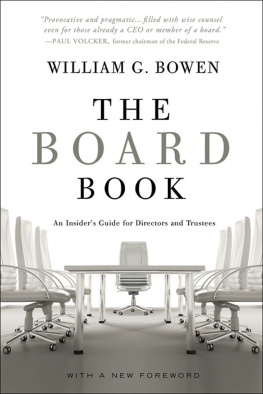


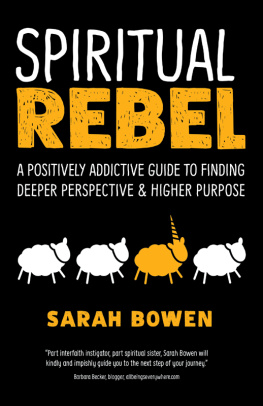

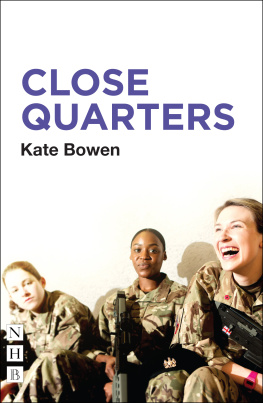
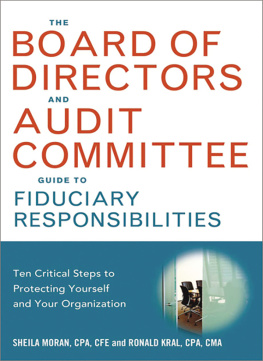
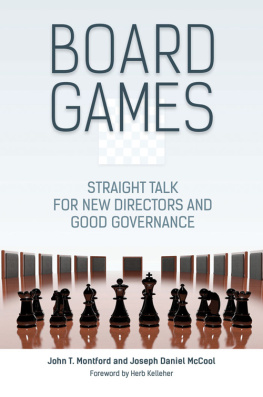

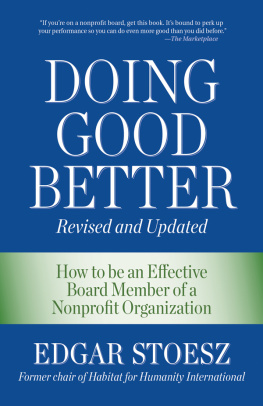

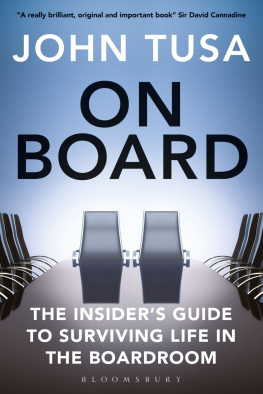
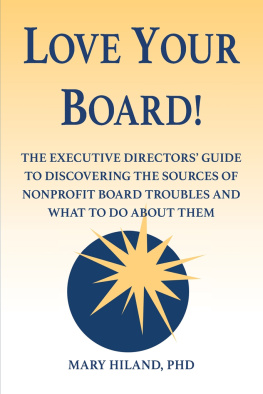
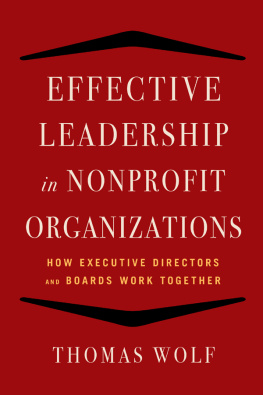
 New York | London
New York | London